|
|
ENVIS Technical Report 136, January 2018 |
CARRYING CAPACITY OF NETRAVATHI RIVER BASIN BASED ON THE ECOLOGICAL SENSITIVENESS
|
Study area: Netravathi River basin
The river Netravathi originates in Bangrabalige valley, Yelaneeru Ghat of Kudremukh in Chikkamagaluru district of Karnataka, Western Ghats, India. The river has a catchment area of 4409 km2 and covers Chikmagaluru, Hassan, Kodagu, Dakshina Kannada and Udupui districts (Figure 1-3) in 11 taluks. Rainfall varies between 2600 mm (Plains of Mudigere and Sakleshpura taluk) to over 5500 mm (Ghats) (Figure 4). Elevation of the basin ranges from < 0 to 1872 m (Figure 5). It is the lifeline of Dakshina Kannada region supporting the enormous population with rich resource base and diverse cultures. This sacred river runs through numerous popular pilgrim places such as Dharmasthala, Kukke Subramanya etc. (Figure 6). Netravathi main course merges with the river Kumaradhara at Uppinangadi before merging into the Arabian Sea with Gurupura river. The river forms major water source to the Mangalore city, Bantwal and many towns. Figure 7 depicts various landscape elements of the river basin. The river has an inextricable connection between culture and diversity, also forms a major economic source for the people. The rice fields in valleys are often irrigated with perennial streams from forested hill slopes. Many valleys served by watercourses and riparian plains are the seats of the famed spice gardens growing crops like, coconut, arecanut, banana, cardamom, turmeric, black pepper, cocoa, ginger and vanilla. Netravathi river basin is part of the ecologically fragile Western Ghats, one among 35 global hotspots of biodiversity supporting diverse flora and faunal species (Figure 8, 9). Netravathi River systems has numerous perennial streams with typical tropical climax evergreen forested catchment areas of high conservation value. The forest types in the basin vary from tropical wet evergreen to semi-evergreen rain forests, tropical moist deciduous forests, scrub jungles, grasslands and savannas, scattered trees along plantations and abandoned fields. The significant floral species includes Knema attenuate, Gymnacranthera canarica, Holigarna ferruginea, Myristica malabarica, Ochreinauclea missionis, Madhuca insignis, Memecylon angustifolium, Syzygium travancoricum, Pandanus unipappilatus, Helminthostachys zeylanicus, Diplazium esculentum, Strobilanthes ciliates, Hopea ponga, Vateria indica, Euonymus indica, Carallia brachiata, Madhuca neeriifolia, Calophyllum apetalum, Elaeocarpus tuberculatus, Vitex leucoxylon Kingiodendron pinnatum etc., and many of them are under Critically Endangered, Vulnerable, Threatened categories. The region is home to endangered Myristica swamps having Critically Endangered Syzigium travancoricum and Gymnacranthera canarica (Vulnerable) are amongst many other species. The swamp ecosystem is under higher threat due to horticulture expansion and land conversion for other developmental activities. The area has a large number of medicinal plants and non-timber forest product (NTFP) yielding plants. Every year millions of rupees worth Myristica malabarica aril, honey and other NTFP products are collected from the riparian forest.

Figure 1: Netravathi River basin, Central Western Ghats, Karnataka State, India
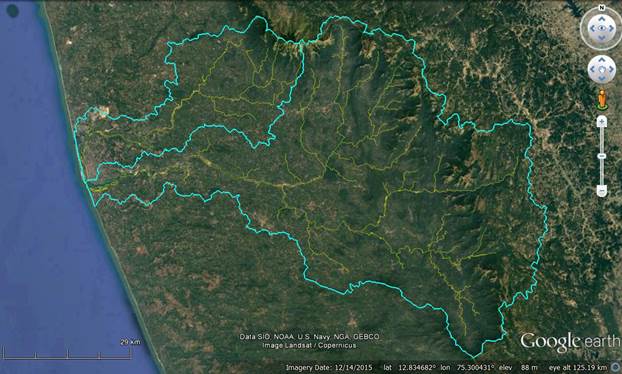
Figure 2: Netravathi catchment (with tributaries) overlaid on Google earth (http://earth.google.com).
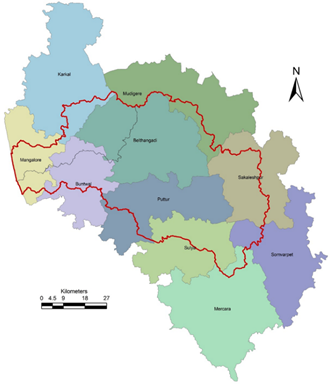
Figure 3: Administrative boundary - taluks (spread across Chikmagalur, Hassan, Kodagu, Dakshina Kannada and Udupi districts, Karnataka State) in the Netravathi River basin.
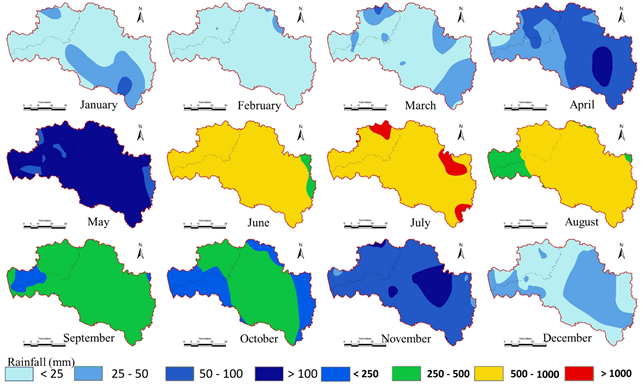
Figure 4: Spatial patterns of monthly rainfall in the Netravathi River basin
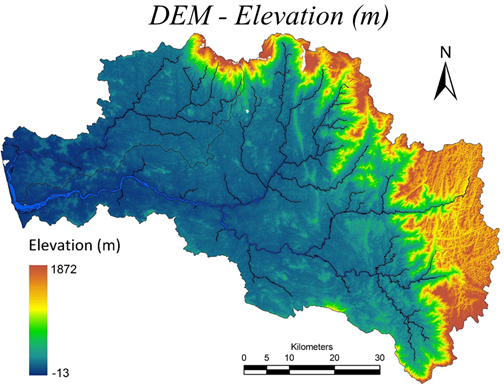
Figure 5: Undulating topography - elevation profile of Netravathi River basin
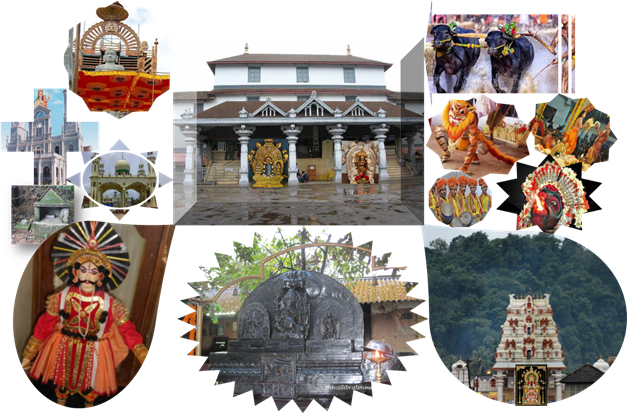
Figure 6: Cultural diversity in the Netravathi River basin.

Figure 7: Various landscape elements in the Netravathi river basin
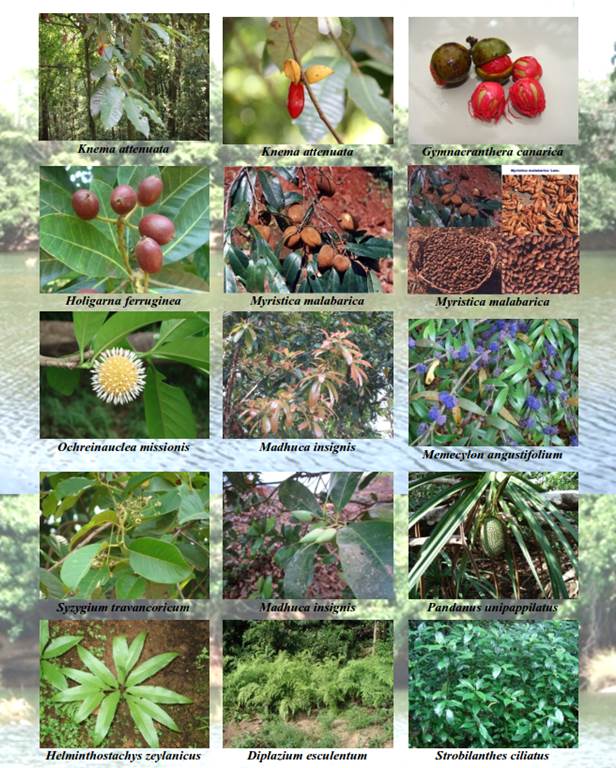
Figure 8: Glimpse of flora diversity in the Netravathi River basin
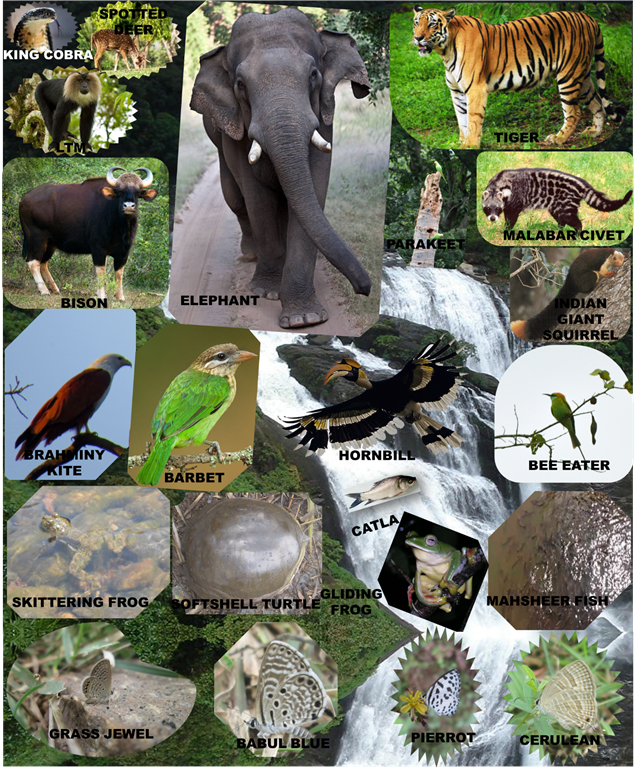
Figure 9: faunal diversity in the Netravathi River basin
|
Dr. T.V. Ramachandra
Centre for Sustainable Technologies, Centre for infrastructure, Sustainable Transportation and Urban Planning (CiSTUP), Energy & Wetlands Research Group, Centre for Ecological Sciences, Indian Institute of Science, Bangalore – 560 012, INDIA.
E-mail : tvr@iisc.ac.in
Tel: 91-080-22933099/23600985,
Fax: 91-080-23601428/23600085
Web: http://ces.iisc.ac.in/energy
Bharath Setturu Energy & Wetlands Research Group, Centre for Ecological Sciences, Indian Institute of Science, Bangalore – 560 012, INDIA.
E-mail: setturb@iisc.ac.in
Vinay S.Energy & Wetlands Research Group, Centre for Ecological Sciences, Indian Institute of Science, Bangalore – 560 012, INDIA.
E-mail: svinay@iisc.ac.in
Citation:Ramachandra T V, Bharath Setturu, Vinay S, 2018. Carrying Capacity of the Netravathi River basin based on the Ecological Sensitiveness, Sahyadri Conservation Series 74, ENVIS Technical Report 136, Environmental Information System, CES, Indian Institute of Science, Bangalore 560012
| Contact Address : |
| |
Dr. T.V. Ramachandra
Energy & Wetlands Research Group,
Centre for Ecological Sciences, TE 15, New Biology Building, Third Floor, E Wing, [Near D Gate], Indian Institute of Science, Bangalore – 560 012, INDIA.
Tel : 91-80-22933099 / 22933503-extn 107
Fax : 91-80-23601428 / 23600085 / 23600683 [CES-TVR]
E-mail : tvr@iisc.ac.in, energy.ces@iisc.ac.in,
Web : http://wgbis.ces.iisc.ac.in/energy |
|








